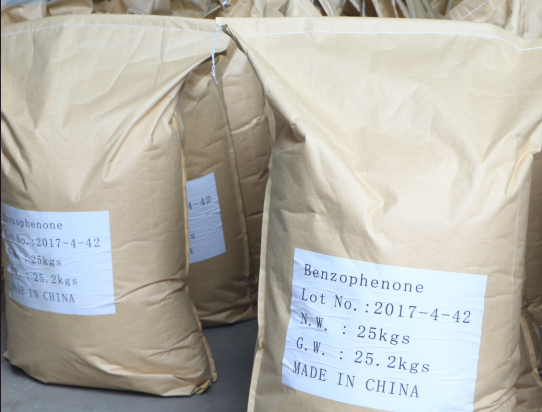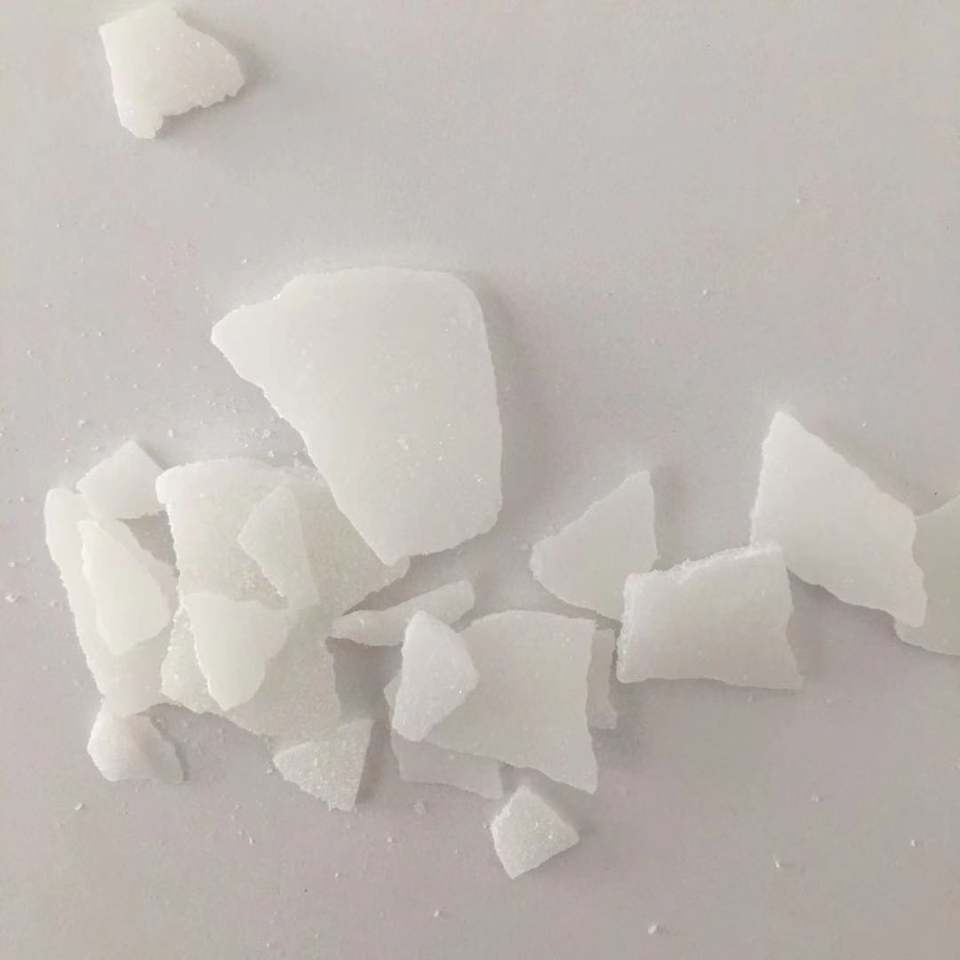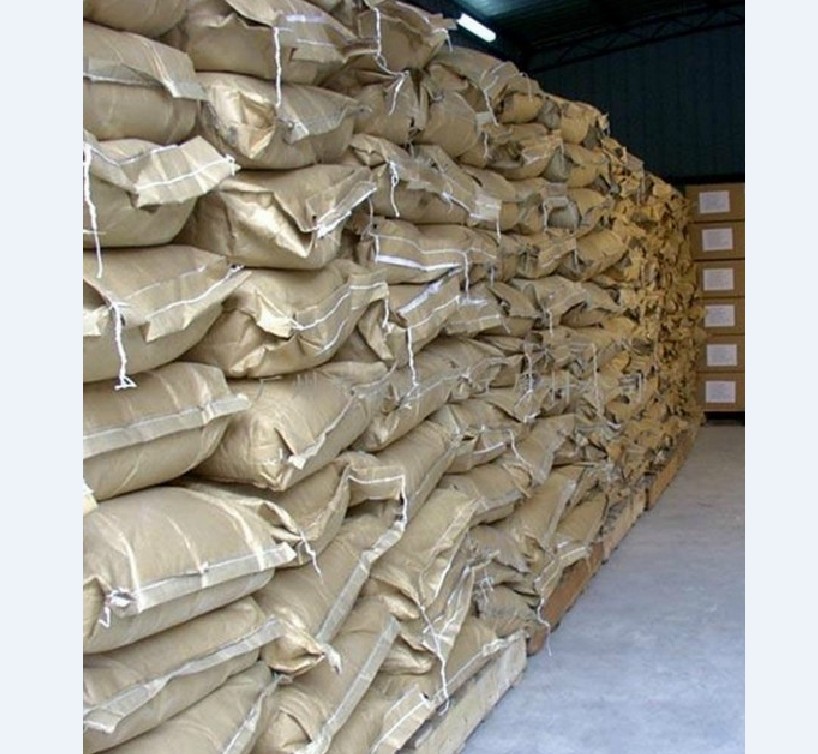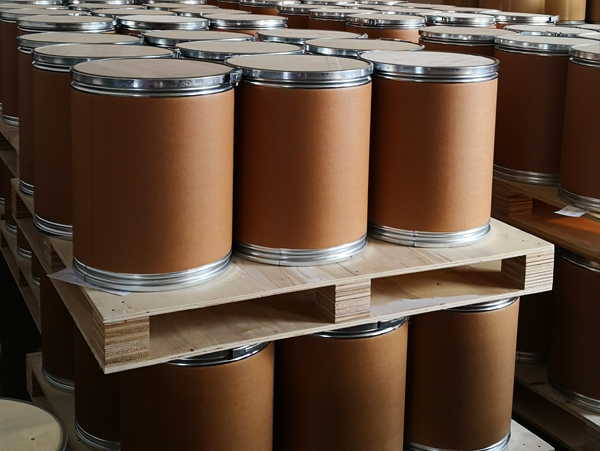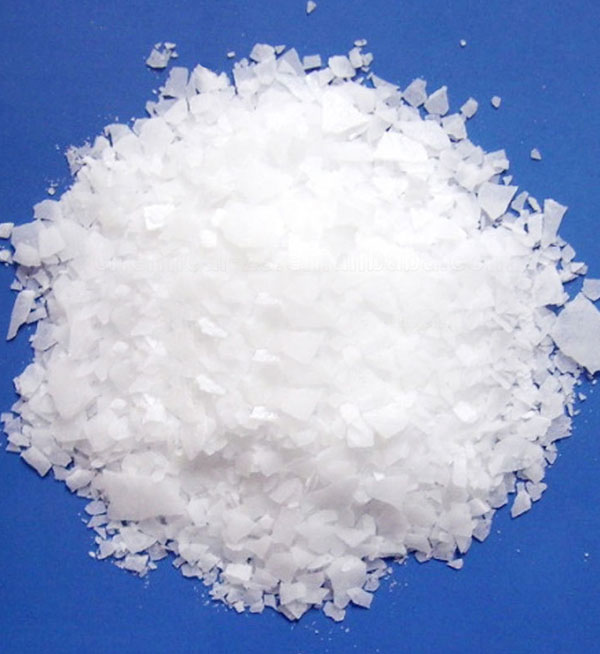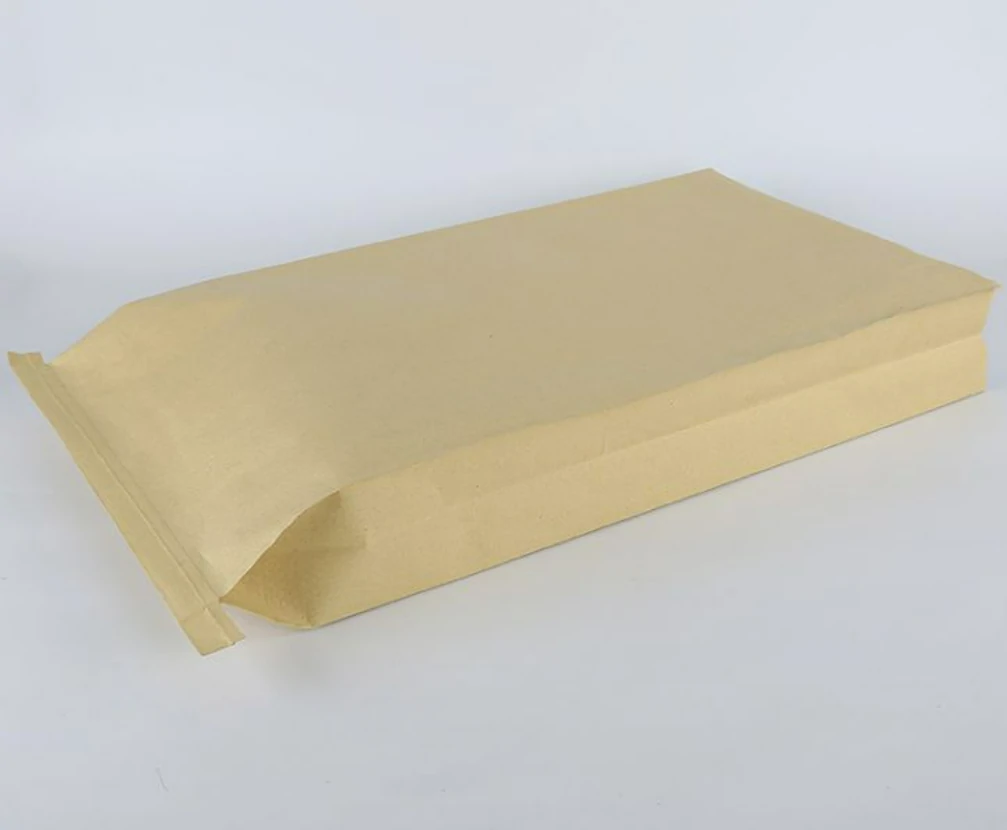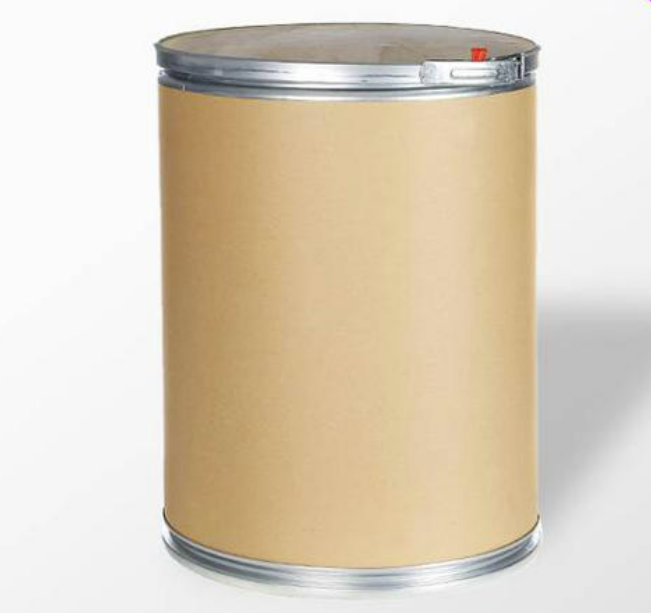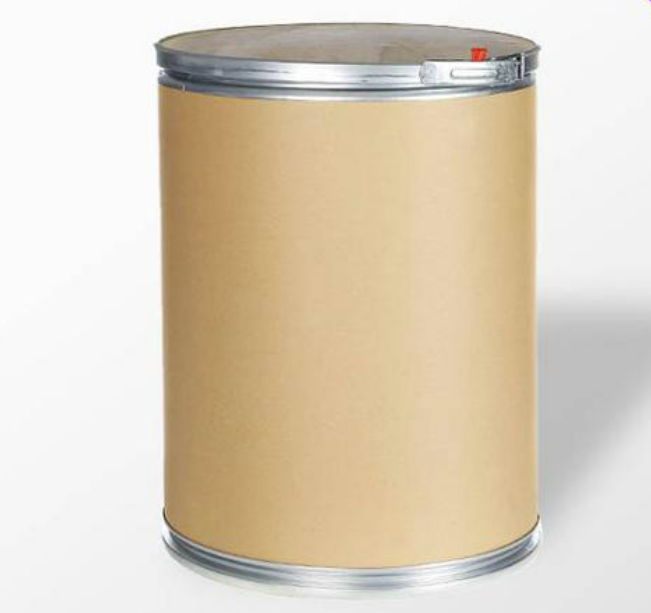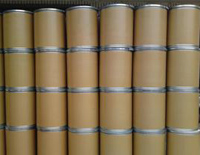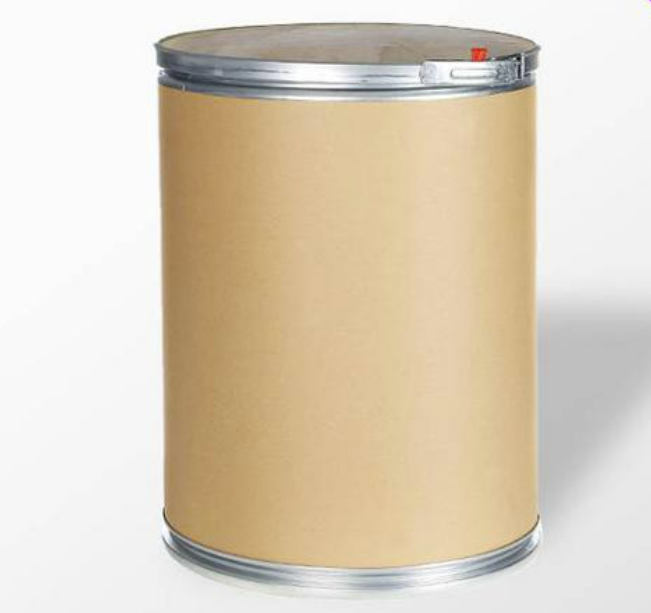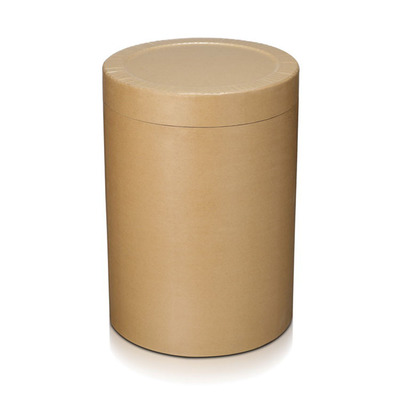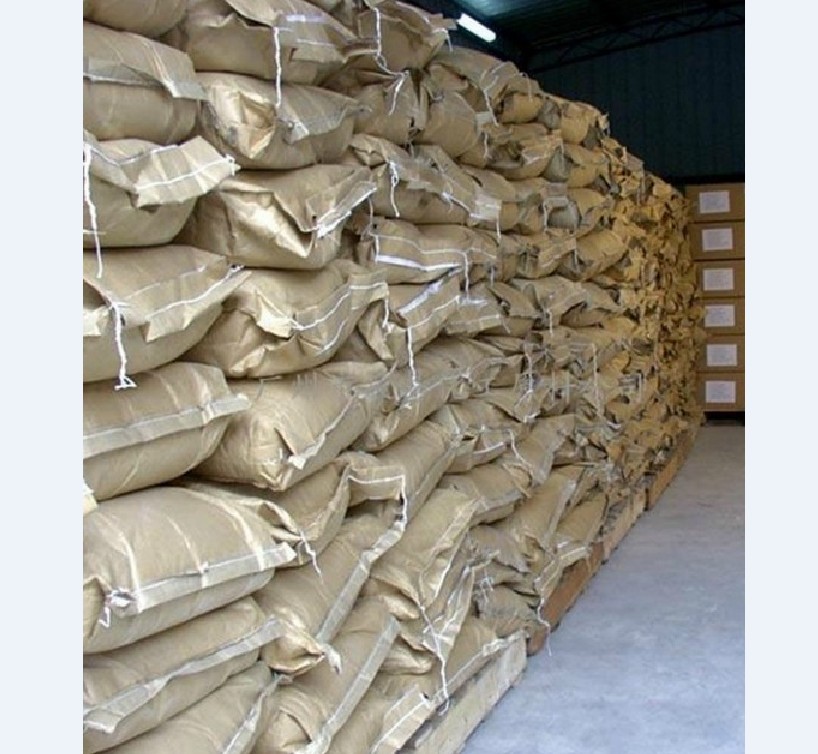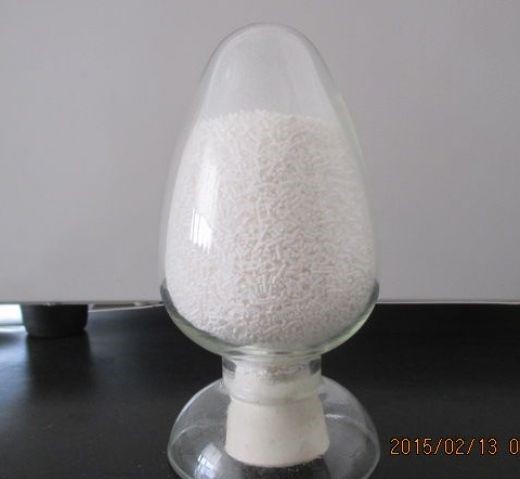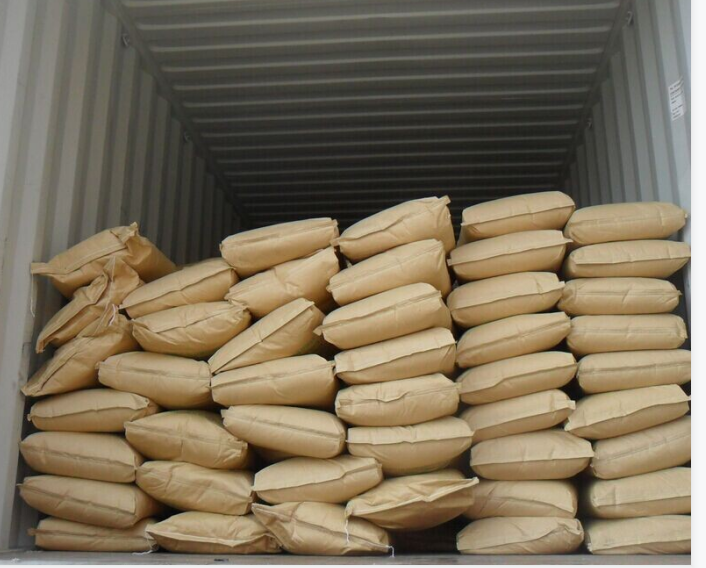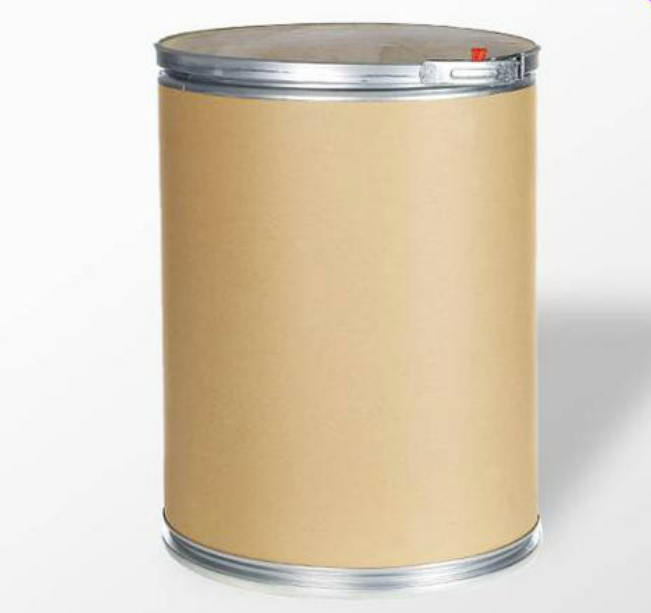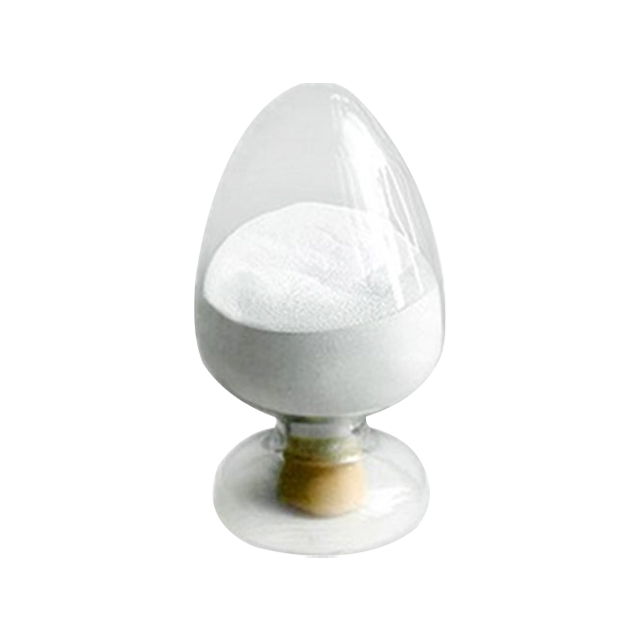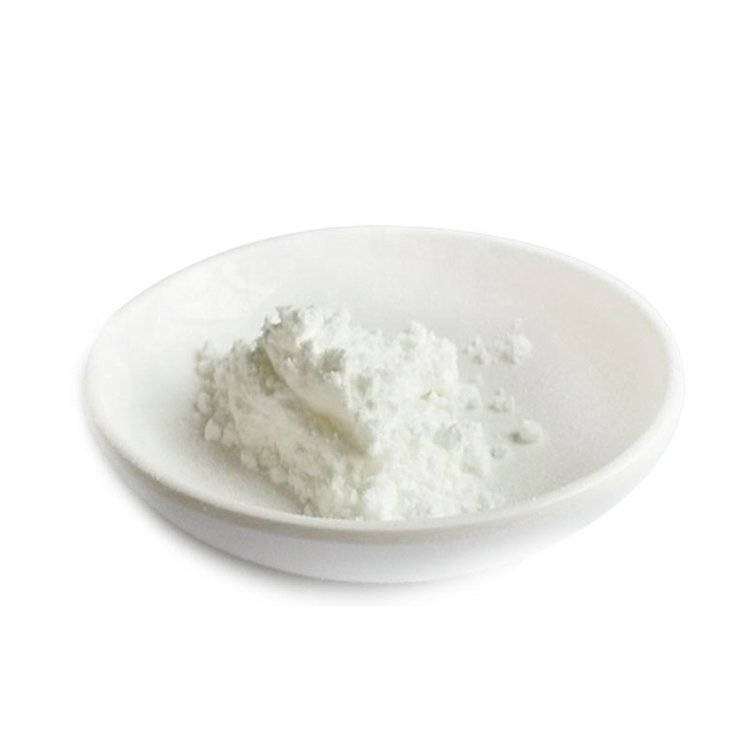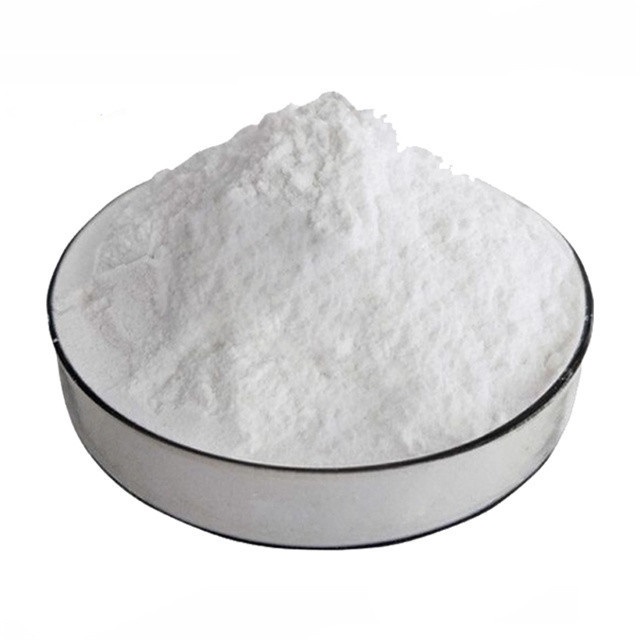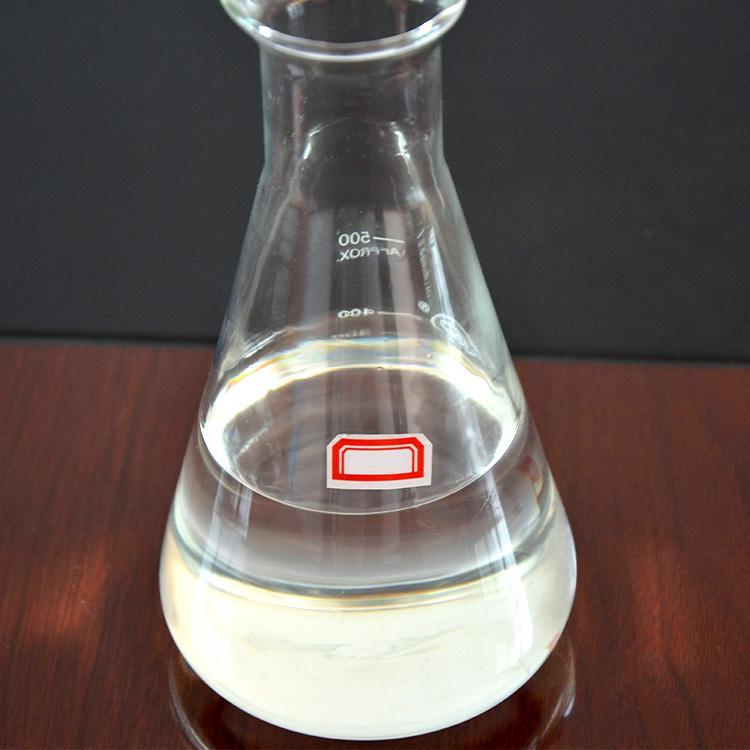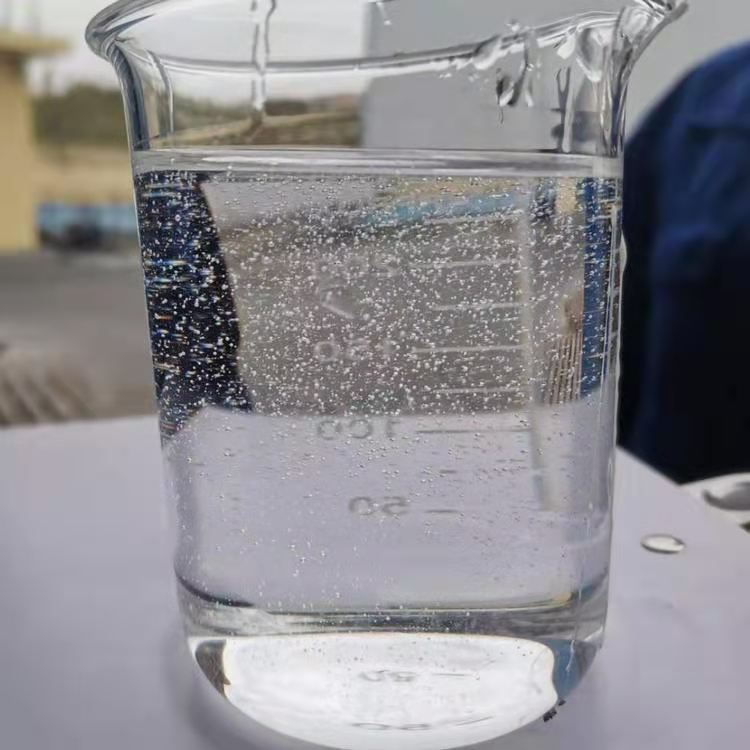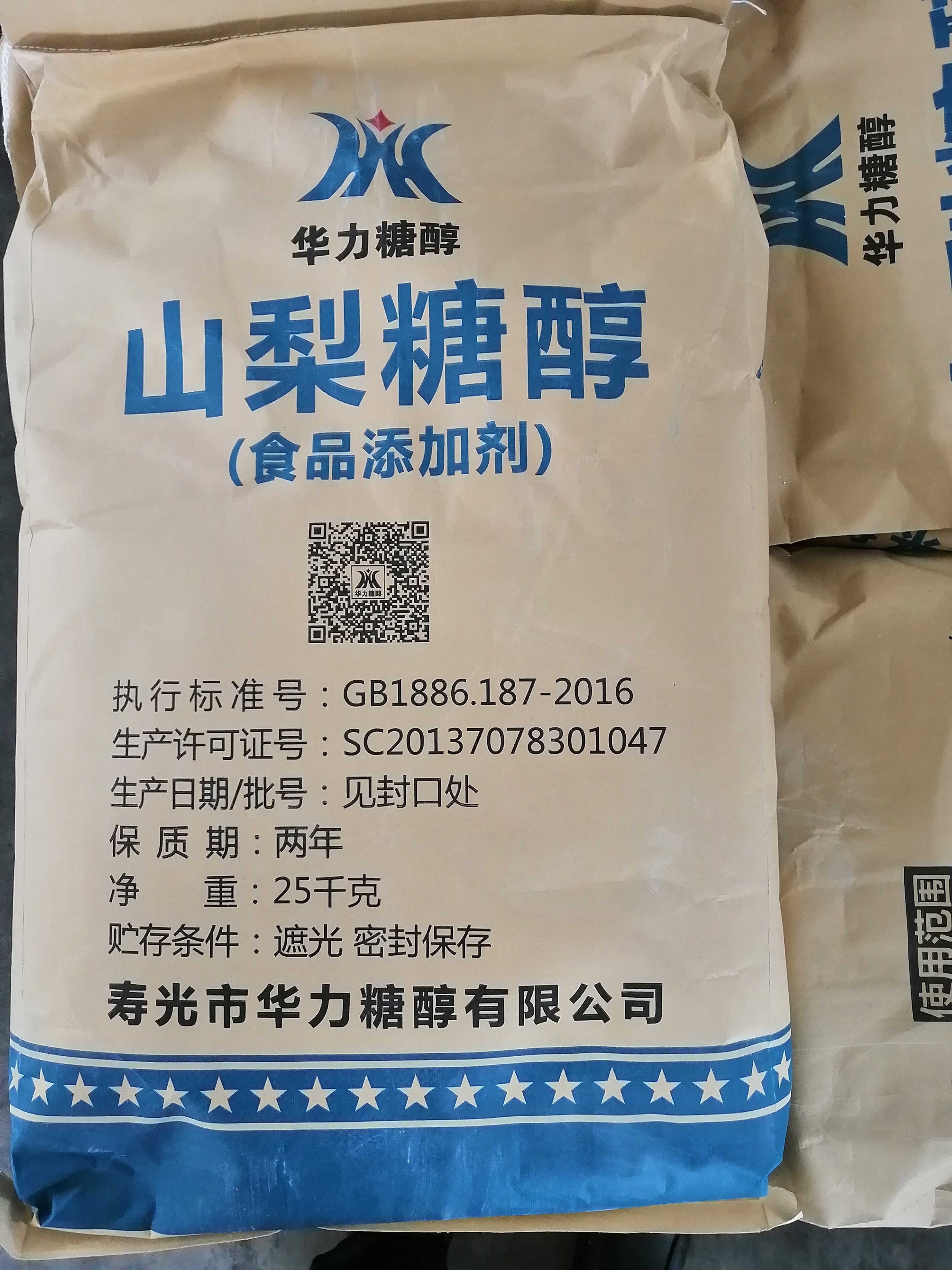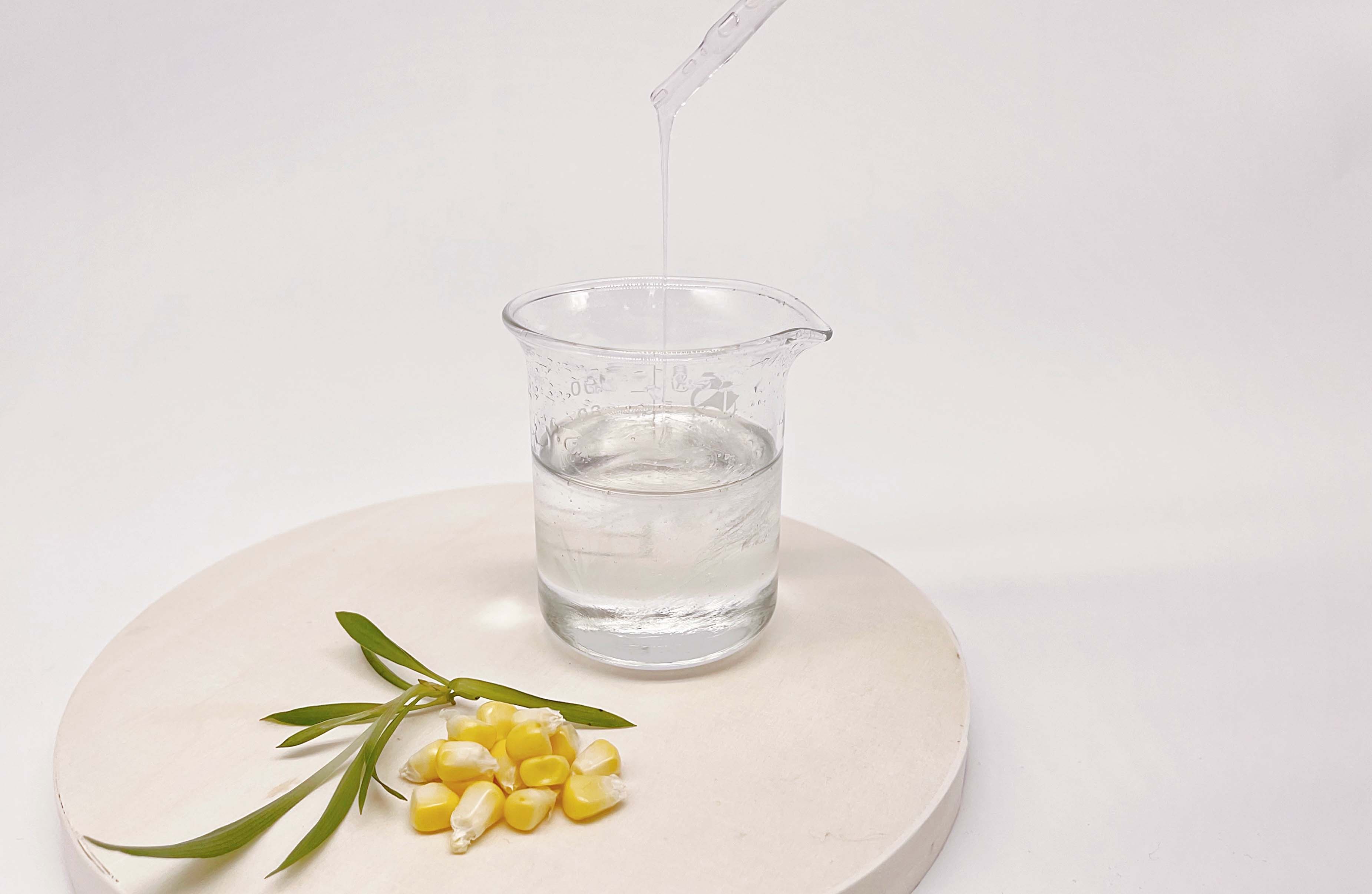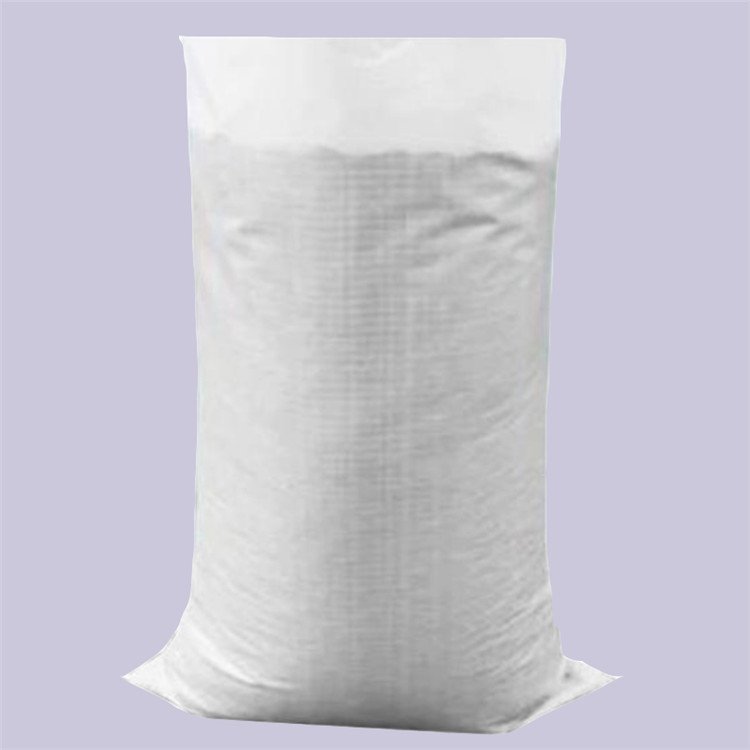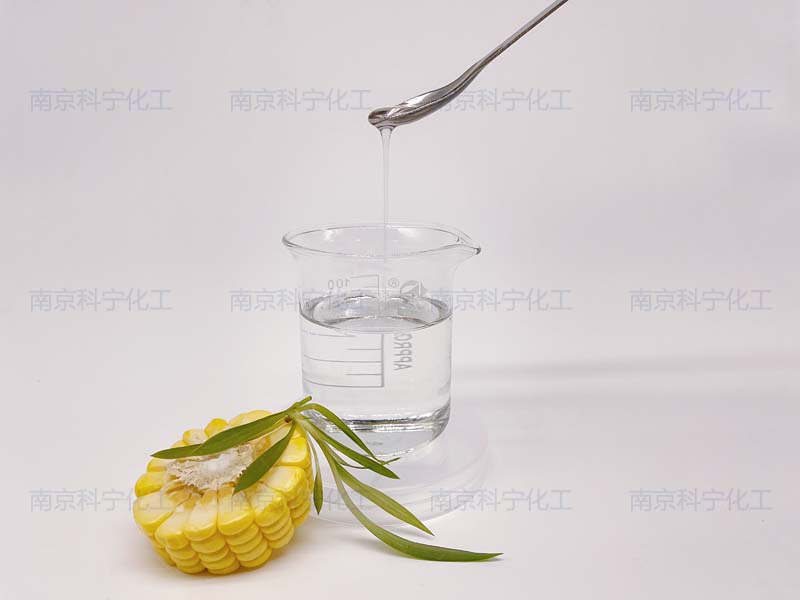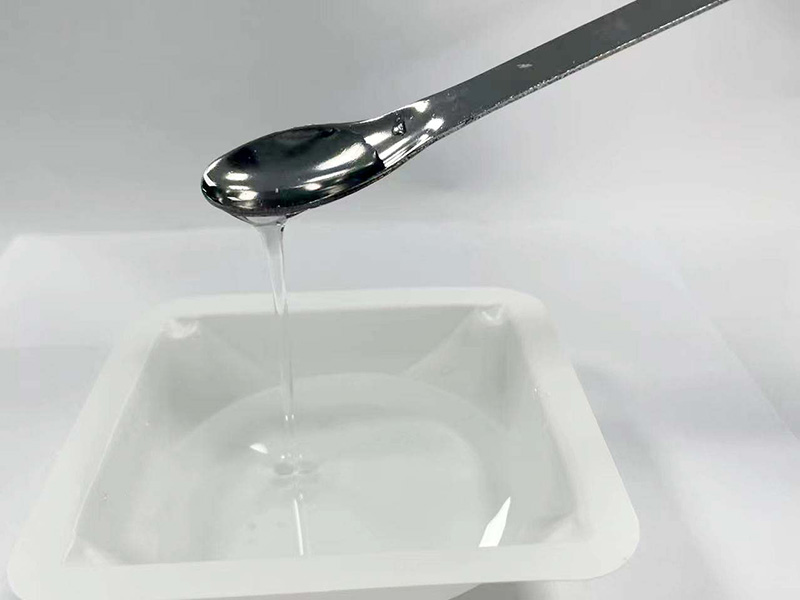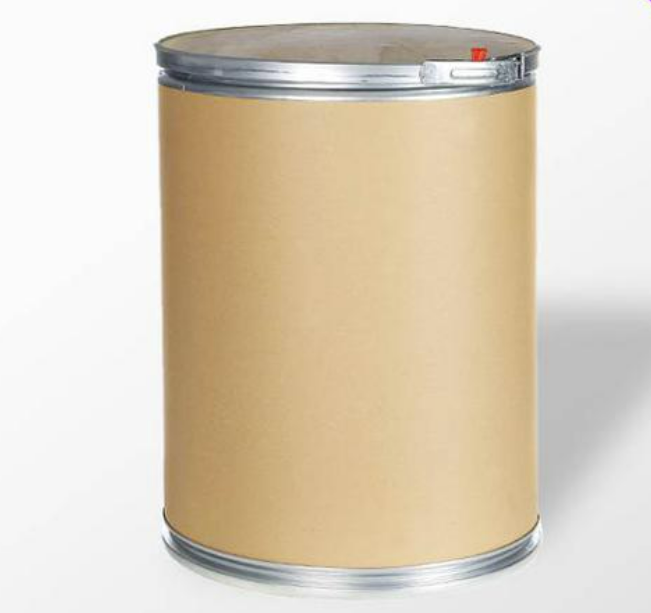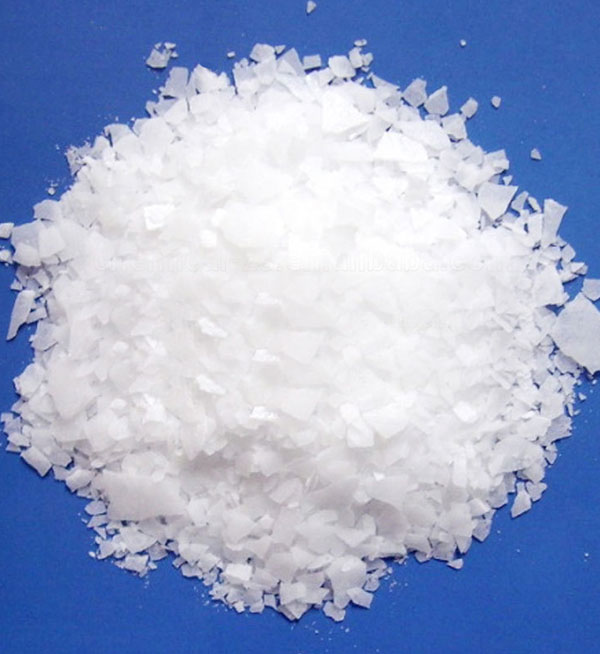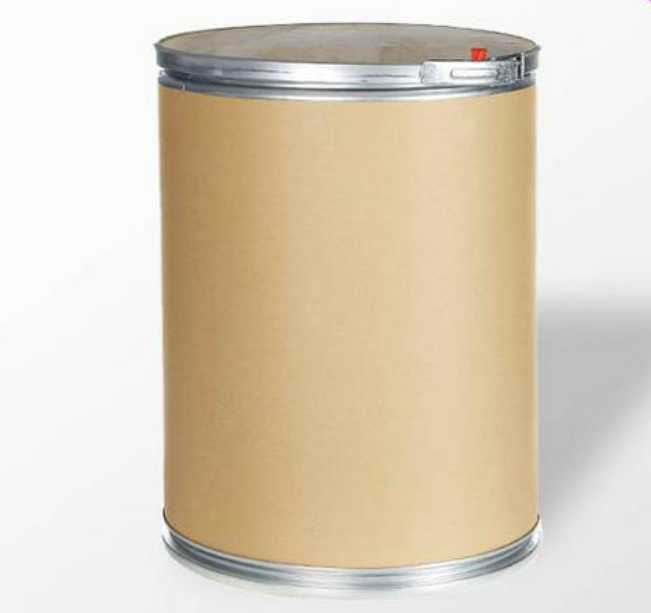Food(Feed) Additives
Feed Additive
Additives For Food Packaging
Colorant
Stabilizer and Coagulator
Water Retention Agent
Feed Deworming Health Agents
Anti Corrosion and Preservation
Color Fixative
Flour Treatment Agent
Defoamer
Coating Agent
Feed Vitamins
Emulsifier
Other Food Additives
Nutritional Fortifier
Thickening Agent
Feed Quality Enhancer
Antioxidants
Chewing Gum Bases
Bulking Agent
Feed Amino Acids and Small Peptides
Flavor Enhancer
Sweeteners
Additives For Feed Preservation
Other Feed Additives
Food Additive
Bleaching Agents
Anticaking Agent
Food Flavors and Fragrances
Enzyme Preparation
Feed Trace Elements
Acidity Regulators
Feed Growth Promoters
Feed Conditioner
Find
1530
related chemicals for you
CAS:119-61-9
Molecular Formula:C13H10O
Alias
More Information
BP; Diphenyl Ketone; Diphenylmethanone; Dipheneyl Ketone; Jrcure-1020; Methanone, Diphenyl-; Mettler-Toledo Calibration Substance Me 18870,Benzophenone; Dipheny Ketone; Mettler Toledotm Calibration Substance Me 18870,Benzophenone; Benzophenone Flake; Benzophenone,Reagent; Benzophenone,Bp; Benzophenone Crystalline; Photoinitiator Jrcure-1020; CAS No.: 119-61-9
Brief Introduction
Benzophenone is colorless prismatic crystal with sweet and rose flavor. It is soluble in organic solvents and monomers such as ethanol, ether, chloroform, and insoluble in water. It is a free radical photoinitiator. It is mainly used in free radical UV curing systems, such as coatings, inks, adhesives, etc. it is also an intermediate of organic pigments, pharmaceuticals, spices, and pesticides. In the pharmaceutical industry, it is mainly used to produce dicyclohexyl piperidine, benzotropine hydrobromide, diphenhydramine hydrochloride, etc. This product is also a styrene polymerization inhibitor and spice setting agent. It can give spices sweet flavor and is widely used in perfumes and soap flavors.
Suppliers
View More Vendors (9) >
Dongyang Baihang Chemical Co.,Ltd.
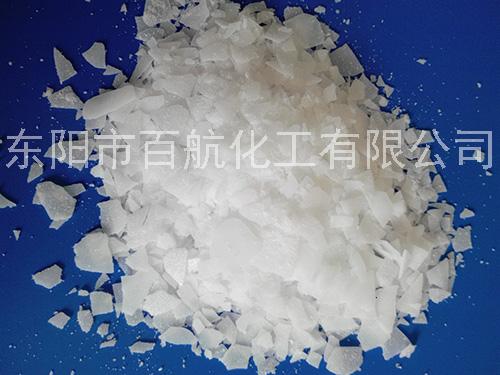
≥99.6%
/
Tech Grade
25kg
/
Paper Bag
CAS:141-01-5
Molecular Formula:C4H2FeO4
Alias
More Information
Firon; Fumafer; Feostat; Ircon; Ferrone; Feroton; Fumar-F; Fumar; Galfer; Cpiron; Iron(Ⅱ) Fumarate; Iron(2+) Fumarate
Brief Introduction
Ferrous fumarate is a kind of iron compound corresponding to fumarate, and its appearance is red orange powder. Iron is one of the essential trace elements in animal body. It is a component of heme, myoglobin and cytochrome, which is closely related to the process of animal hematopoiesis, oxygen carrying and productivity. Ferrous fumarate, also known as fumarate, is a safe and efficient organic nutritional iron supplement, belonging to organic acid iron (including lysine iron, glycine iron, methionine iron, etc.). The content of iron in pure ferrous fumarate is 32.87%, so a 300mg ferrous fumarate tablet contains 105mg of iron. Moreover, after ferrous fumarate is absorbed, the divalent iron ions are easy to decompose, enter the red blood cells without additional energy, do not stimulate the stomach, can improve and maintain the normal level of heme, can be used as a nutritional additive for a long time, clinically used for the treatment of iron deficiency anemia.
Suppliers
View More Vendors (9) >
Thermphos (Jiangsu) Technology Co.,Ltd.

25kg
/
Food Grade
CAS:24634-61-5
Molecular Formula:C6H7KO2
Alias
More Information
Trans,Trans-2,4-Hexadienoic Acid Potassium Salt; Potassium Sarbate; Potassium Sorbinate; 2,4-Hexadienoic Acid Potassium Salt; Potassium Trans,Trans-Hexa-2,4-Dienoate; Sorbic Acid Potassium Salt; Sorbic Acid K Salt; Sorbic Acid Potassium; 590-00-1; Potassium 2,4-Hexadienoate; Potassium (E,E)-Sorbate; Potassium (2E,4E)-hexa-2,4-Dienoate; Sorbistat-K; Sorbistat Potassium; E202; Potasium Sorbate; Potassium Sorbate-A2; Potassium Sorbate in India; Potassium Sorbet; Potasium Sorbat
Brief Introduction
Potassium sorbate is mainly used as food preservative, cosmetics preservative and feed mould proof. It has a strong inhibition of spoilage bacteria and mold, and is easily soluble in water, so it is widely used. The lower the pH value, the stronger the antibacterial effect. Sorbic acid (potassium) can effectively inhibit the activities of molds, yeasts and aerobic bacteria, and also prevent the growth and reproduction of harmful microorganisms such as botulinum, Staphylococcus and Salmonella. However, it has almost no effect on beneficial microorganisms such as anaerobic bacillus and Lactobacillus acidophilus. Its inhibitory effect on development is stronger than bactericidal effect, so as to effectively prolong the storage time of food, And keep the original food flavor.
Suppliers
View More Vendors (9) >
Alias
More Information
Glucitol; Gulitol; D-Sorbitol; D-Glucitol; Hexahydric Alcohol; (2R,3R,4R,5S)-Hexane-1,2,3,4,5,6-Hexol; Sorbitol Solid; Sorbitol Liquid; Sorbitol 70%; Sorbitol Powder; Sorbitol70; Sorbitol70%
Brief Introduction
Sorbitol is a sugar alcohol found in fruits and plants with diuretic, laxative and cathartic property. Unabsorbed sorbitol retains water in the large intestine through osmotic pressure thereby stimulating peristalsis of the intestine and exerting its diuretic, laxative and cathartic effect. In addition, sorbitol has one-third fewer calories and 60 % the sweetening activity of sucrose and is used as a sugar replacement in diabetes.Sorbitol is an odorless colorless solid. Sinks and mixes with water.D-glucitol is the D-enantiomer of glucitol (also known as D-sorbitol). It has a role as a sweetening agent, a laxative, a metabolite, a cathartic, a human metabolite, a food humectant, a Saccharomyces cerevisiae metabolite, an Escherichia coli metabolite and a mouse metabolite. It is an enantiomer of a L-glucitol.
Suppliers
View More Vendors (9) >
CAS:541-15-1
Molecular Formula:C7H15NO3
Alias
More Information
3-Hydroxy-4-(Trimethylammonio)Butanoate; Vitamin BT; Levocarnitine; (R)-Carnitine; Carnitor; Carnitine; (-)-Carnitine; Guojiangdianfen; L-Carnitine Inner Salt; L-Carnitine Base; Carrier
Brief Introduction
It is used in medicine, nutrition and health products, functional drinks, feed additives, etc
Suppliers
View More Vendors (9) >
Northeast Pharmaceutical Group Co.,Ltd.
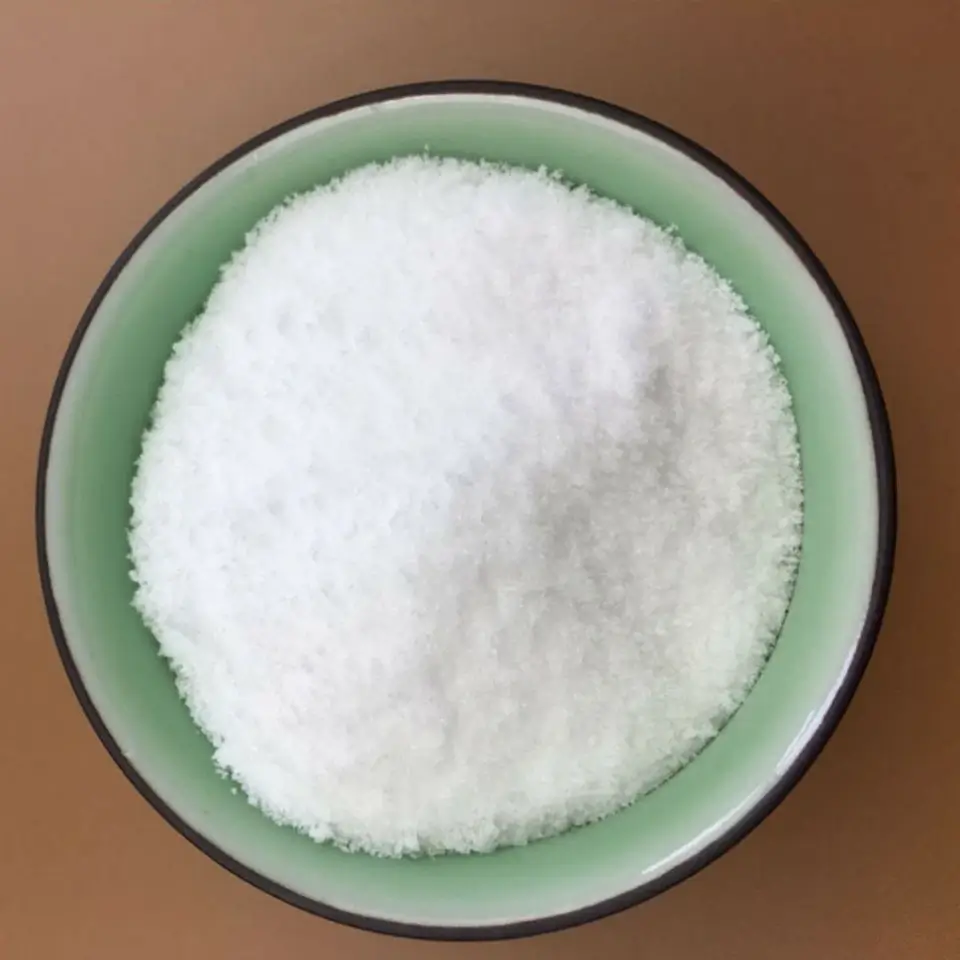
Assay: 50%
/
Feed Grade
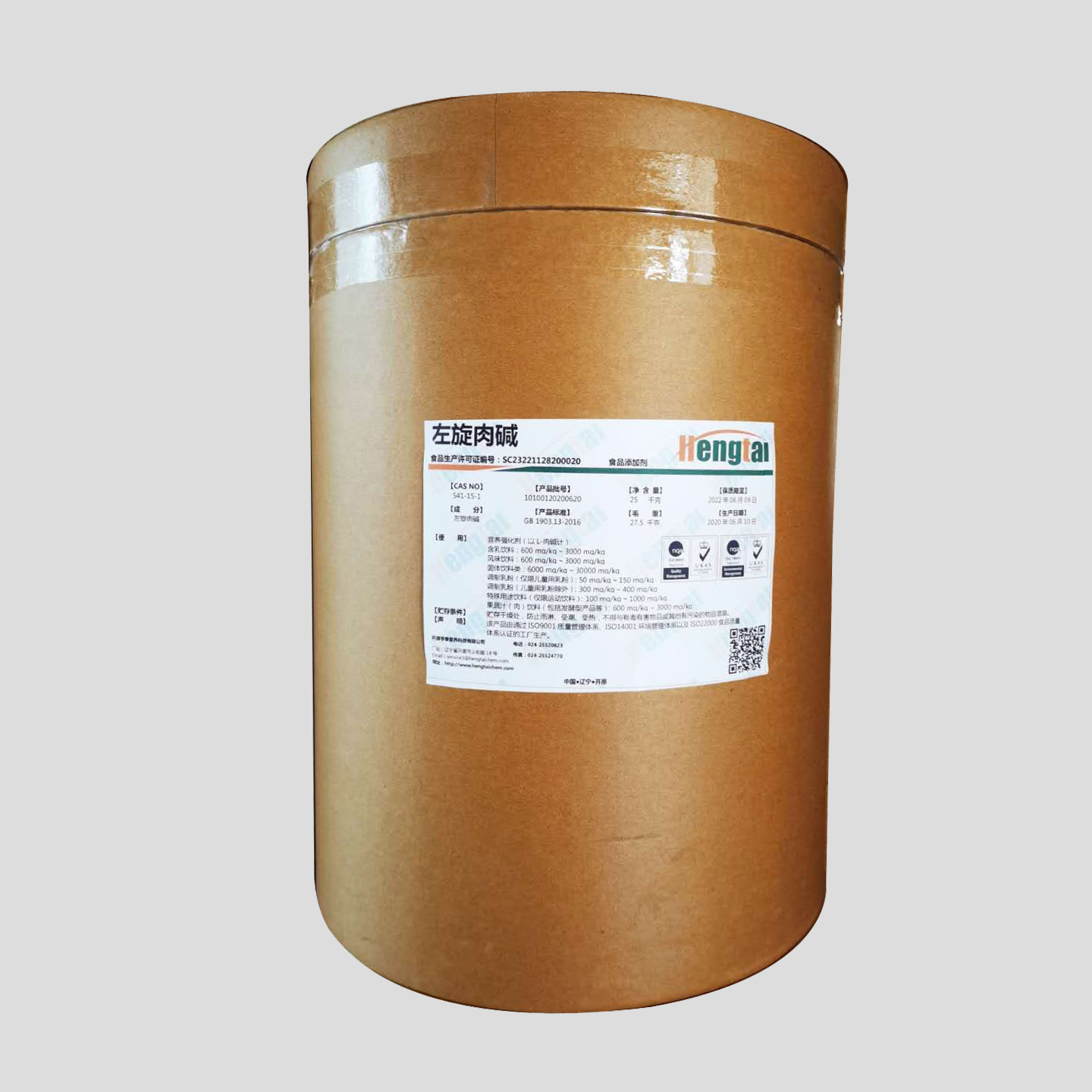
99%;USP/EP/FCC/GB 1903.13-2016/GB 34461-2017
/
Pharm Grade
25kg
/
Fibre Drum
Ningxia Kunzheng Biotechnology Co., Ltd. Business Plan
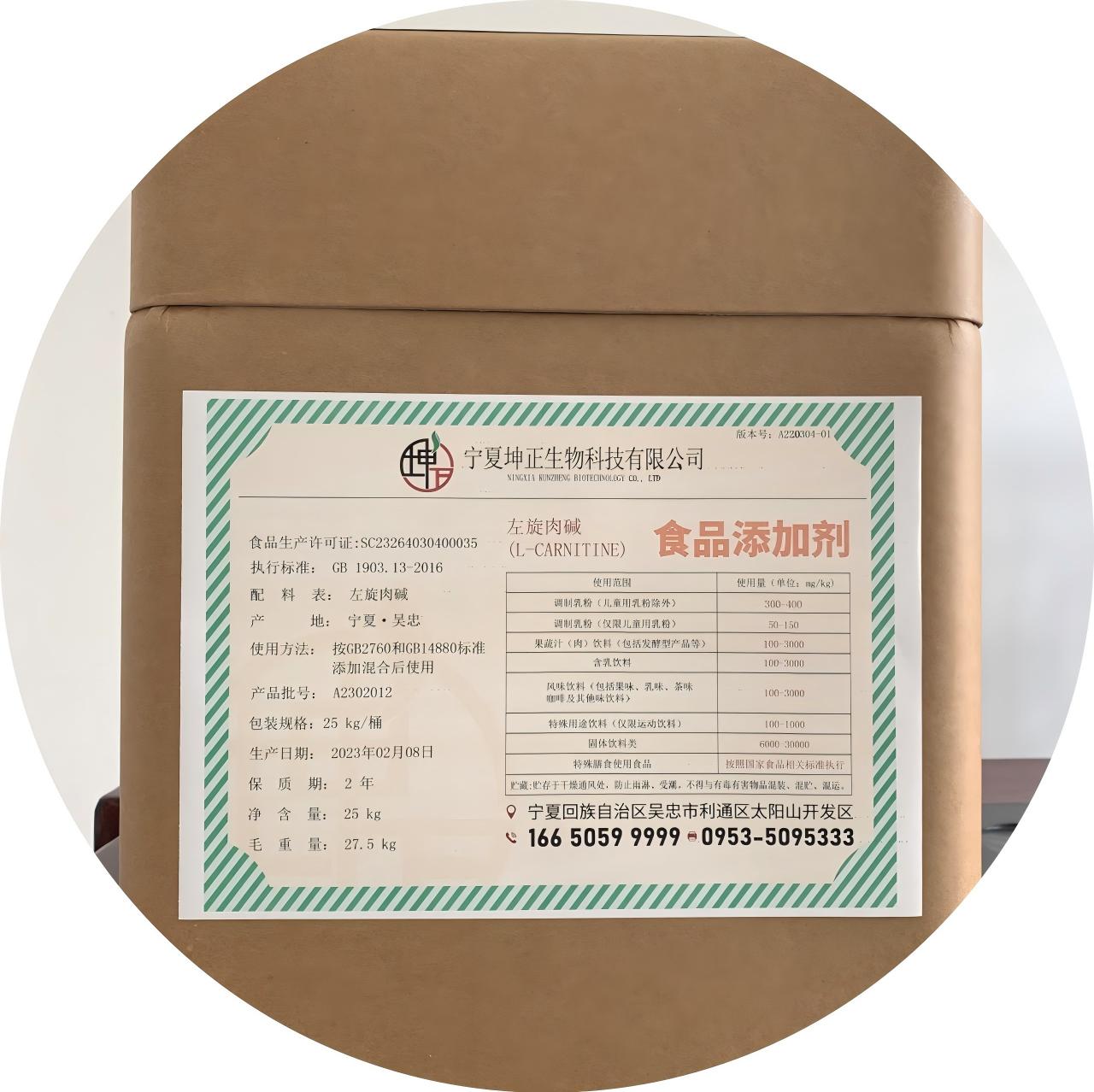
25kg/桶
/
-
Inquiry (
10
/ 10
)
Clear All
You can inquire for up to 10 products at a time
Sign In
Error!


